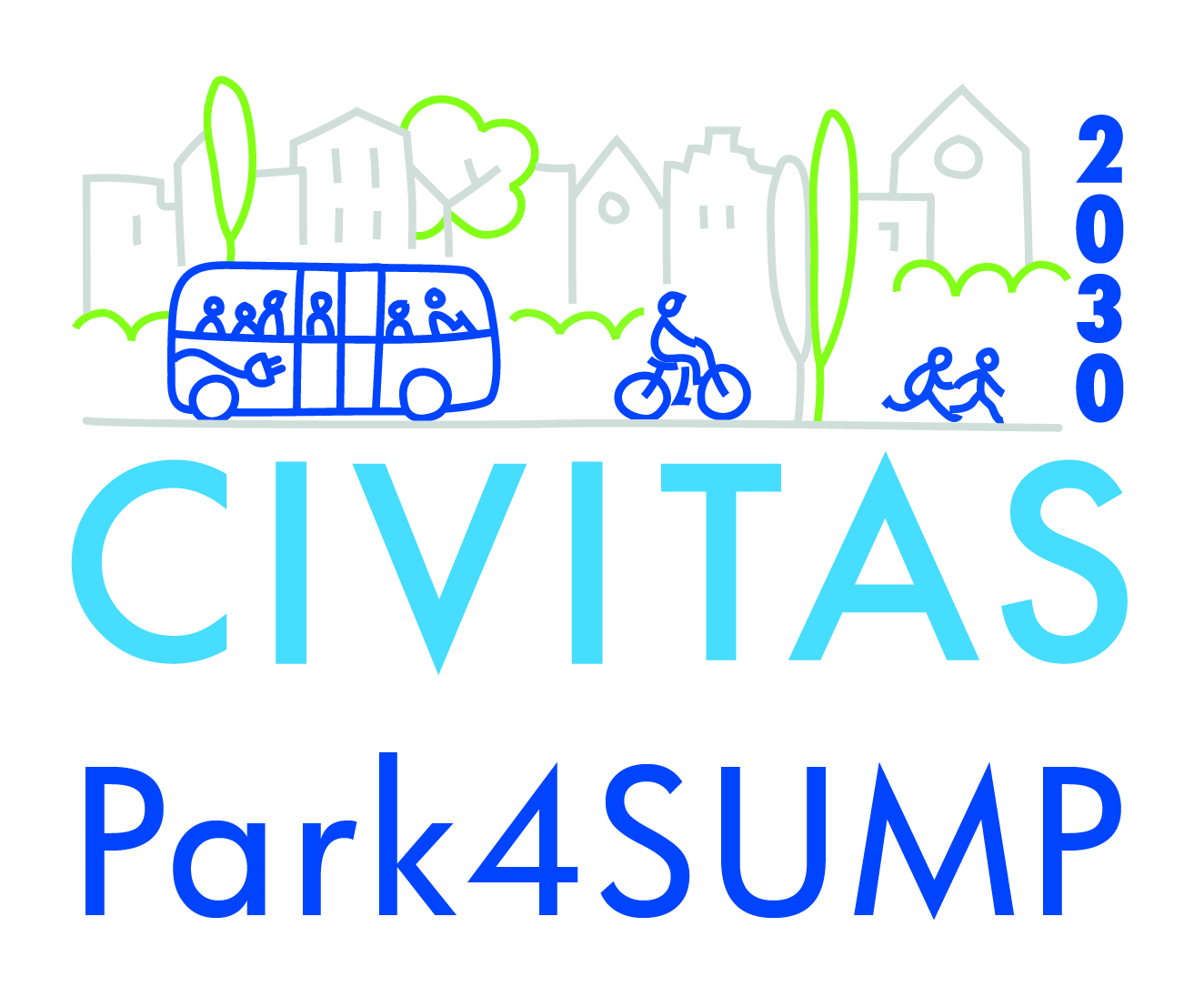Why Paris is eliminating 72% of its on-street parking spaces

Mobility is one of the major themes in the municipal rally for the elections in March 2020. These elections are always interesting to follow with Paris being the biggest urban area in the European Union. In a way these elections serve as a litmus test for other cities, not only French.
Urban cycling has pushed to become a topic in the city of light. Recently several big Parisian axes have undergone a transformation making place for people and creating room for active transport modes. Just think of the car free banks of the Seine river and the instalment of cycling lanes on some famous Parisian boulevards. Due to the recent French public transport strikes in late 2019, early 2020 the number of cyclists has skyrocketed. As a consequence cyclists have become more visible in the Parisian streets. And they are stirring up the public debate thus making their way to the election debates more prominent than ever before.
Mayor Anne Hidalgo has announced her mobility plans for the future. By 2024 she wants all Parisian streets to be cycle friendly. To reach this goal a new traffic plan will be implemented to promote walking, cycling and public transport. An important part of this plan is the removal of 72% of on-street parking spaces in an effort to create room for cyclists. 60 000 of the 83 500 on-street parking spaces in this case will be removed.
Paris has 621 600 parking spots both on as off-street accounting for 96 hectares of urban domain, reserved for the cars of residents. The city has 462 700 private vehicles registered. A number that is falling each year together with car usage by Parisian residents. This shows there is room for policy makers to reshape Paris into a future-proof, climate-resilient and sustainable city. Policymakers and research institutes are already starting to develop scenarios for those 488 000 off-street parking spots, including car sharing, bicycle parking, logistic space, urban farming and sports infrastructure.
